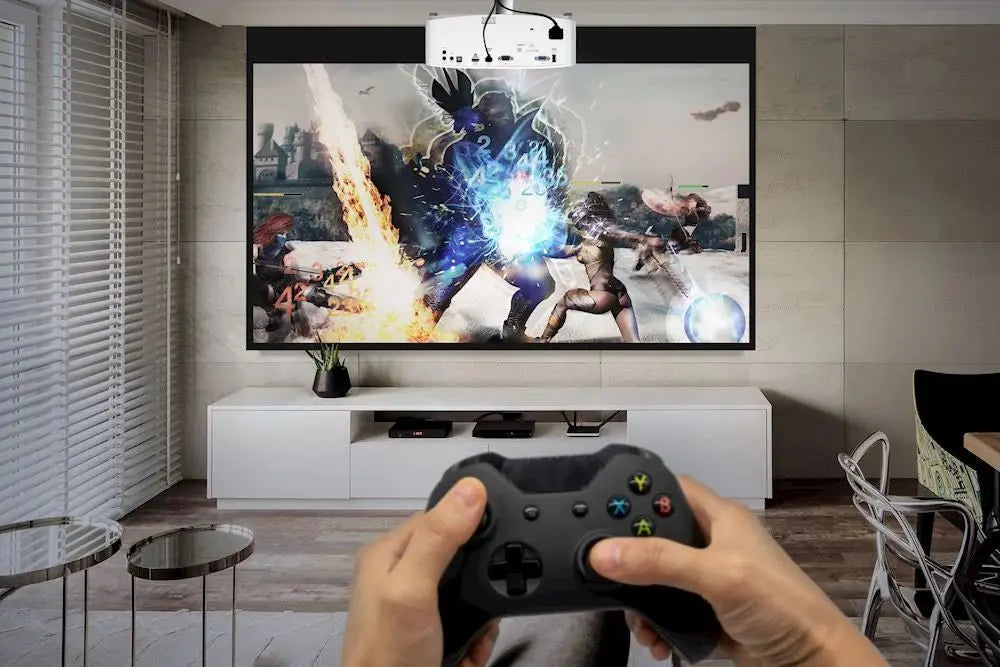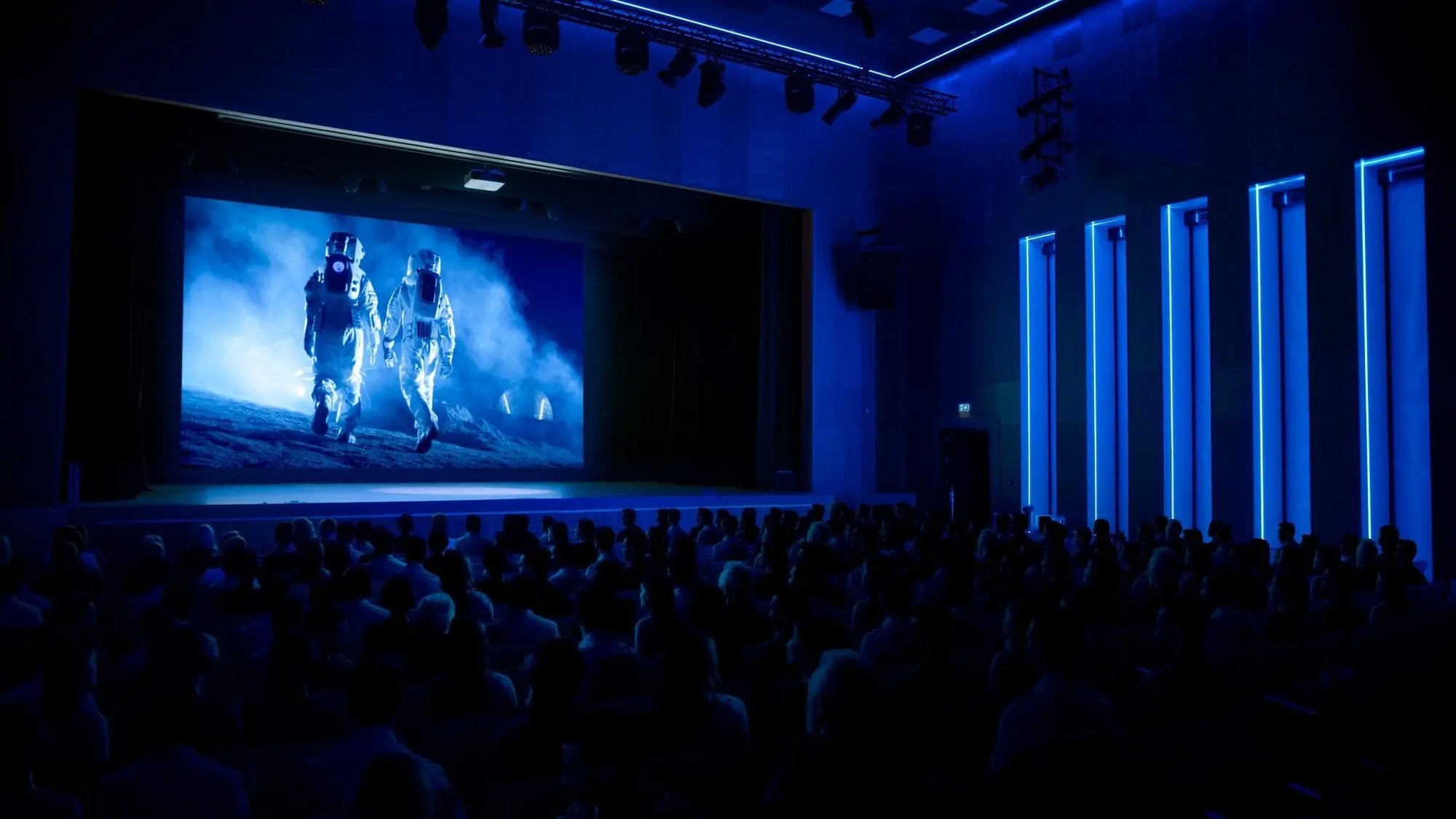Many dream of having a life-size golf simulator setup in their home, so they can play their favourite golf courses or practice on the range day or night, rain or shine, any time of the year.
The below guide will set you on the right path to build your own golf simulator and these are the technology components you will need:
-
Golf simulator software: This is the program that will track your swing and display your shot data on the screen. There are many different golf simulator software options available, such as TruGolf, SkyTrak, and OptiShot.

-
Golf Simulator Projector: This is the projector that will display the golf course and shot data on the screen. As discussed in the previous answer, it's important to choose a projector with high brightness, resolution, and contrast.
-
- Choosing a golf simulation projector can be a bit different from choosing a traditional home theatre projector, as there are some additional factors to consider. Here are some key factors to keep in mind when selecting a golf simulation projector
-
- Brightness: Golf simulation requires a bright projector to ensure that the image is visible in all lighting conditions. A projector with a high lumen count is ideal, as it will provide a brighter image that can be seen even in well-lit spaces.
-
- Resolution: The resolution of the projector will impact the clarity and detail of the image. A higher resolution projector, such as a 4K model, will provide a clearer and more detailed image
-
- Contrast: The contrast ratio of the projector will impact the level of detail in darker areas of the image, such as shadows. A projector with a higher contrast ratio will provide a more detailed and realistic image.
-
- Input lag: Input lag refers to the amount of time it takes for the projector to display an image after it is received by the system. A low input lag is important for golf simulation, as it ensures that there is no delay between the swing and the image on the screen
-
- Throw distance: The throw distance of the projector refers to the distance between the projector and the screen. It's important to choose a projector with a throw distance that is appropriate for the size of the space in which it will be used
-
- Durability: A golf simulation projector will be subject to more wear and tear than a traditional home theatre projector, so it's important to choose a durable model that can withstand frequent use.

See our range of Golf Simulation Projectors
-
A golf simulator screen is an important component of a golf simulator setup. The screen is used to display the virtual golf course and the ball flight data, allowing you to simulate playing golf in a virtual environment. Here are some key considerations when choosing a golf simulator screen:
- Screen size: The size of the screen will determine the size of the virtual golf course that can be displayed. Larger screens will provide a more immersive experience, but they also require more space.
- Screen material: The material of the screen will impact the quality of the image and the durability of the screen. Some common screen materials include polyester, vinyl, and nylon. Higher-quality screens will typically be made from thicker, more durable materials.
- Screen texture: The texture of the screen can impact how the ball behaves when it hits the screen. Some screens are smooth, while others have a textured surface that simulates hitting off of real grass. Textured screens can be more expensive but provide a more realistic experience.
- Screen mounting: The screen will need to be mounted securely in order to withstand the impact of golf balls. Some screens come with their own mounting hardware, while others require a custom mounting solution

10 Best Golf Simulator Impact Screens in Australia Link
By combining these components, you can create a golf simulator that allows you to practice your swing and play virtual rounds of golf in the comfort of your own home.



